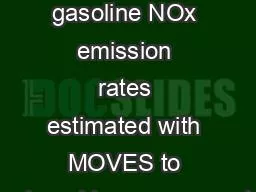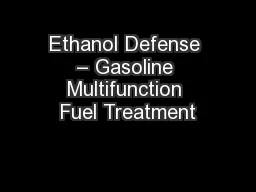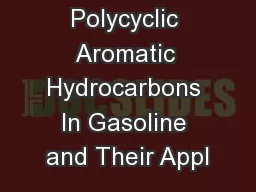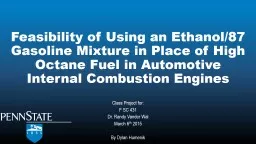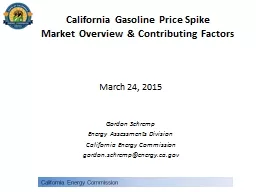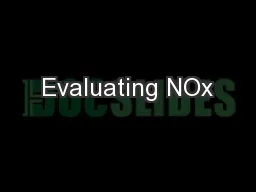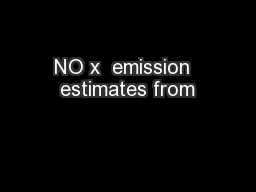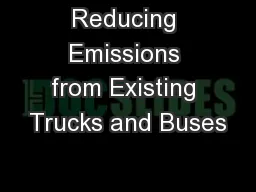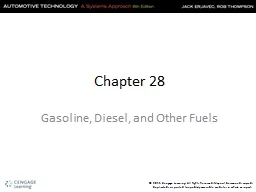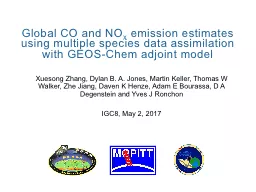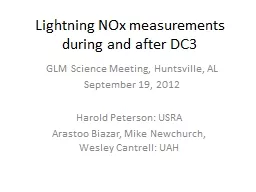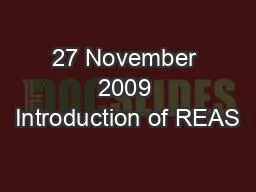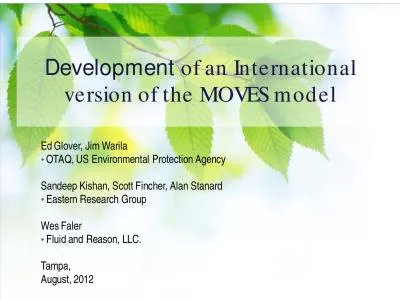PPT-Comparing light-duty gasoline NOx emission rates estimated with MOVES to real-world measurements
Author : dardtang | Published Date : 2020-06-23
Darrell Sonntag 1 David Choi 1 James Warila 1 Claudia Toro 2 Megan Beardsley 1 Barron Henderson 3 Alison Eyth 3 and Laurel Driver 3 16 th Annual CMAS Conference
Presentation Embed Code
Download Presentation
Download Presentation The PPT/PDF document "Comparing light-duty gasoline NOx emissi..." is the property of its rightful owner. Permission is granted to download and print the materials on this website for personal, non-commercial use only, and to display it on your personal computer provided you do not modify the materials and that you retain all copyright notices contained in the materials. By downloading content from our website, you accept the terms of this agreement.
Comparing light-duty gasoline NOx emission rates estimated with MOVES to real-world measurements: Transcript
Download Rules Of Document
"Comparing light-duty gasoline NOx emission rates estimated with MOVES to real-world measurements"The content belongs to its owner. You may download and print it for personal use, without modification, and keep all copyright notices. By downloading, you agree to these terms.
Related Documents

